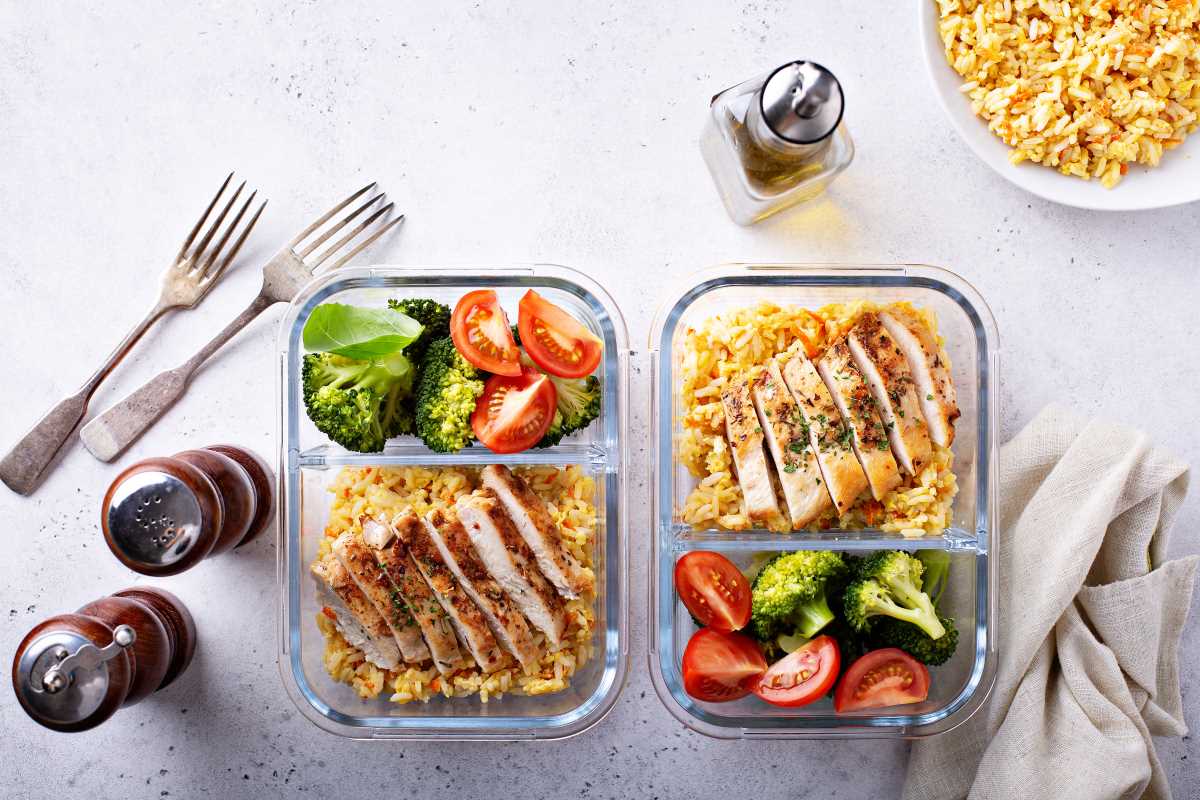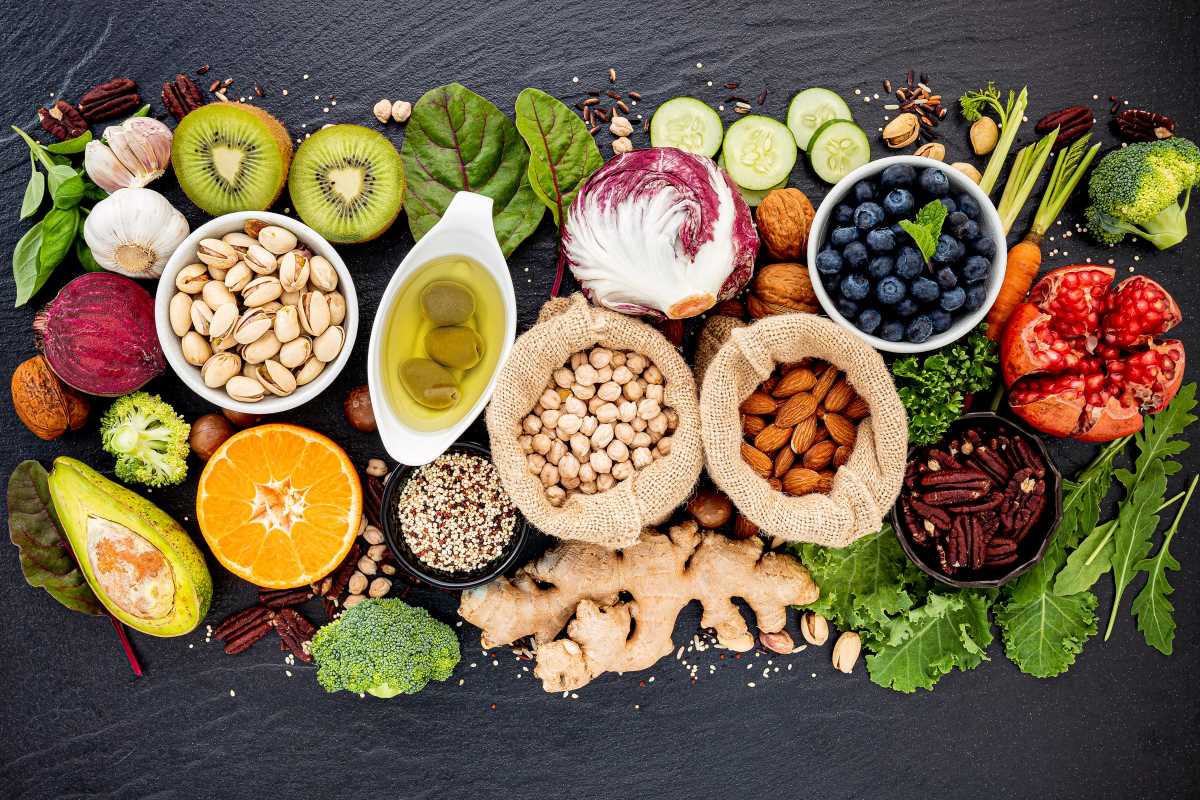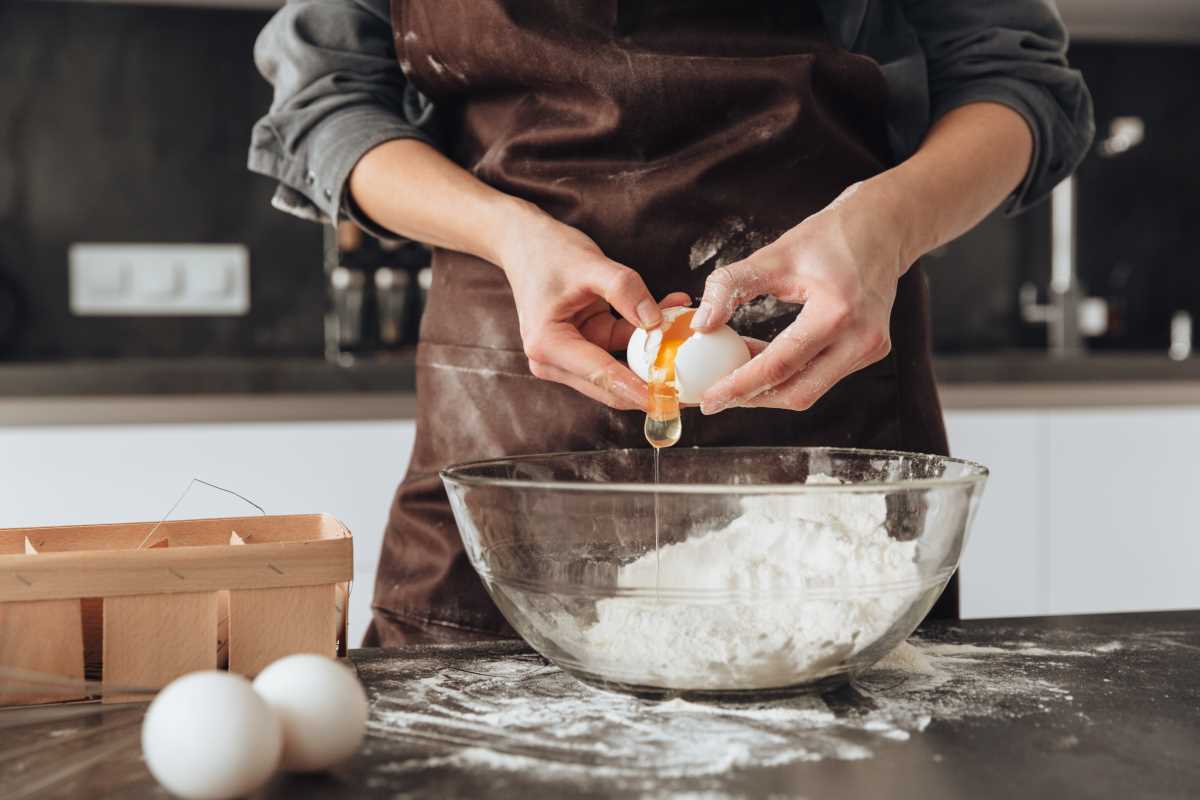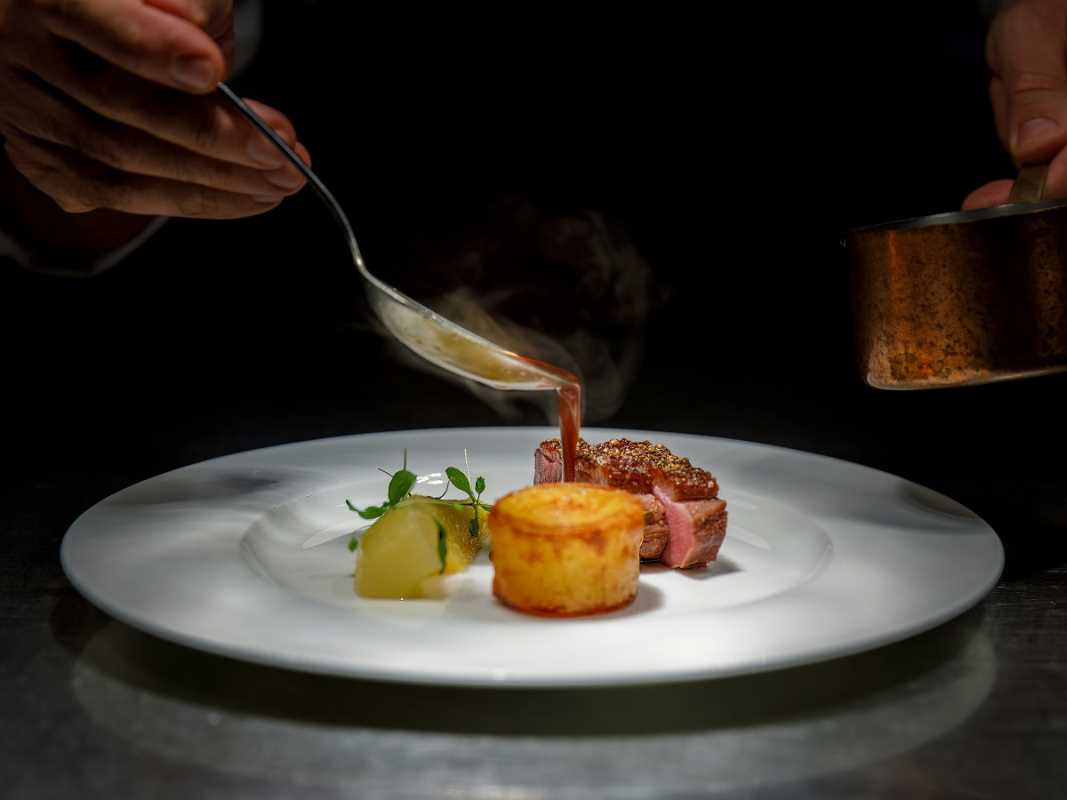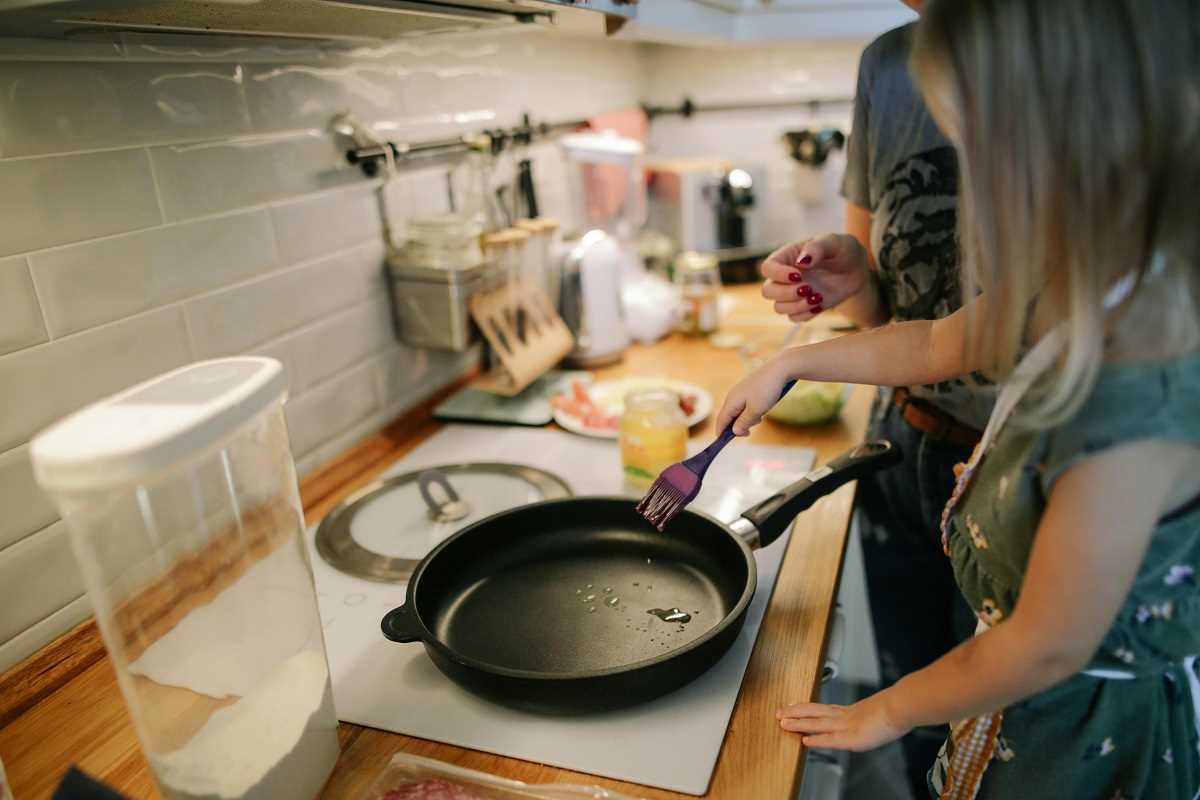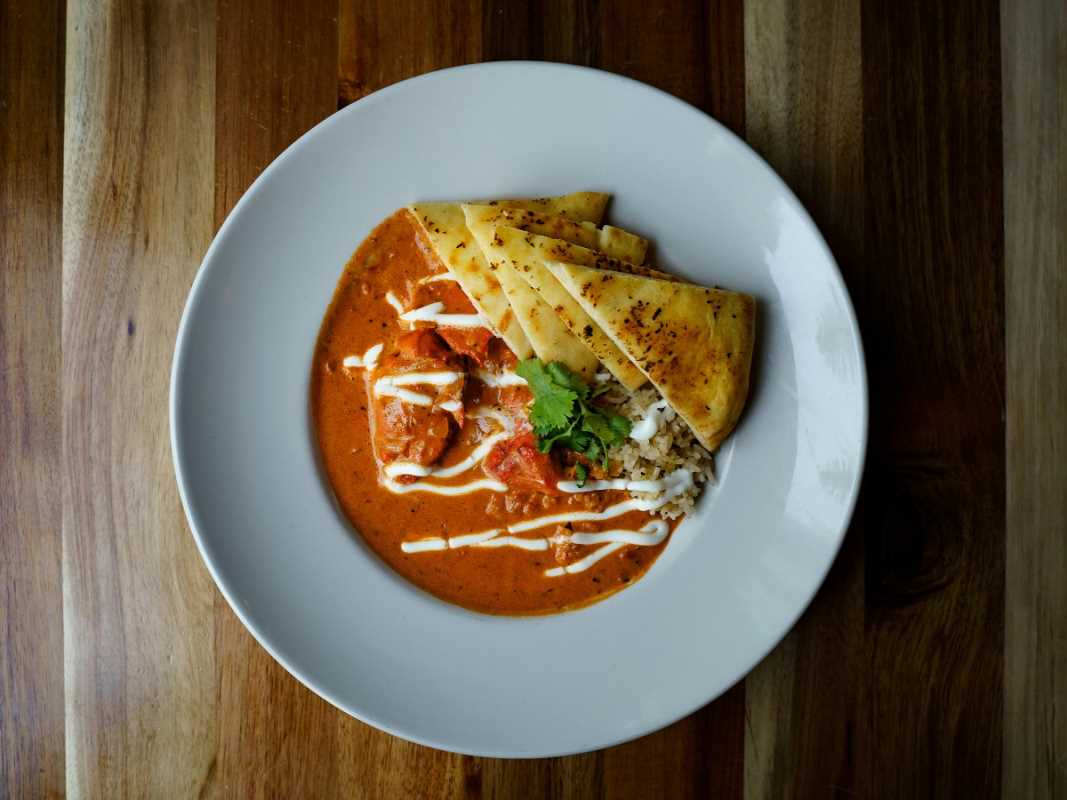Preparing your meals ahead of time brings a sense of order and ease to your week, making it much simpler to balance professional commitments with family routines. By setting aside a few hours on Sunday or any available afternoon, you can cook several dishes at once and have them ready to simply heat and serve. This method lets you reclaim your evenings, whether you need extra minutes for work projects, family activities, or simply relaxing after a busy day. With your meals organized in advance, you avoid last-minute stress and enjoy more flexibility throughout the week.
With a clear plan and a handful of reliable recipes, you’ll hit the ground running. You’ll select dishes that store well, mix and match components, and tackle all prep steps at once. Once you see the payoff in saved minutes each night, you’ll wonder why you didn’t start sooner.
Plan Your Batch Cooking Approach
Make a list of the meals you’ll cook that week, focusing on variety and ingredients that overlap. Choose proteins you can flavor differently—think chicken thighs marinated in two ways or a base of rice you can season separately. That way, a single cooking session produces a range of different dishes.
Sketch out your cooking timeline. Note which items require marinating or resting time, and place those steps between chopping and cooking other components. This way, you stay active throughout the session instead of waiting around.
Tools and Ingredients You Need
Gather baking sheets, sauté pans, large pots, and sturdy storage containers before you start. Glass containers with secure lids work well in the fridge or freezer, and they stack neatly if your kitchen space is limited. Keep freezer labels and markers handy so you can note contents and dates at a glance.
Stock up on bulk essentials like rice, pasta, canned beans, and versatile spices. Having a reliable spice mix on hand gives you options: toss chickpeas with curry powder one day and taco seasoning the next. Buy produce that lasts: carrots, bell peppers, and hearty greens like kale hold up well under prep.
Step-by-Step Workflow for Batch Cooking
- Set aside a dedicated cooking time and clear your countertop.
- Prepare ingredients: wash, chop, and portion vegetables and proteins.
- Start with items that need the longest cooking time, such as grains or roasted root vegetables.
- Sauté or bake proteins simultaneously if your oven allows. Use different seasonings to keep flavors distinct.
- While items cook, assemble salads or cold sides in jars or bowls.
- Finish with quick tasks like toasting nuts or prepping dressings.
- Let everything cool slightly before sealing containers to reduce condensation.
Follow this sequence to stay efficient. You’ll prevent kitchen bottlenecks and make sure each component moves smoothly from one step to the next without crowding your workspace.
Sample Weekly Meal Prep Plan
- Sunday Afternoon: Cook a full batch and portion meals into containers.
- Monday Morning: Take a grain bowl and top it with fresh greens and dressing.
- Tuesday Evening: Reheat protein and roasted veggies, then add a quick salad.
- Wednesday Lunch: Cold whole grain salad with beans and chopped veggies.
- Thursday Dinner: Stir-fry prepped proteins with fresh stir-fry vegetables.
- Friday Flex Day: Use leftovers to make wraps or tacos.
This plan helps you rotate through different flavors without repeating the same meal twice. You can switch to weekend cooking if Friday evening gets busy.
Storage and Reheating Tips
Separate meal components instead of combining complete meals if you like to mix things up. For example, store grains in one container and proteins in another. Mix them on the day you plan to eat to keep textures and flavors intact.
Use reheating methods that add moisture back. Add a splash of broth when microwaving grains, or reheat proteins gently in a skillet to keep them juicy. Covering containers with a damp paper towel helps prevent dryness.
Common Challenges and How to Solve Them
Feeling overwhelmed by a cooking session? Limit your menu to two main dishes and one flexible side. Master those first before expanding your options once you gain confidence. Keeping things simple helps prevent burnout early on.
If you have limited storage space, freeze half your batches. Clearly label each package, and let them reach room temperature before microwaving for even heating. This will free up fridge space and keep your ingredients fresh.
This system keeps you prepared for the week, making meal times predictable and reducing decision fatigue. It frees up time for what matters most.
